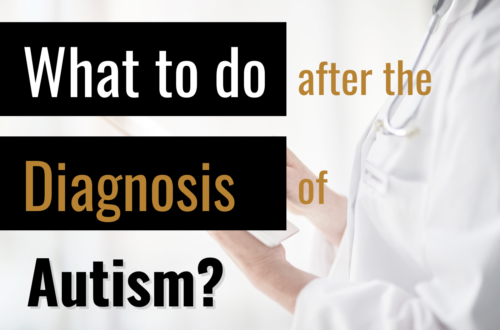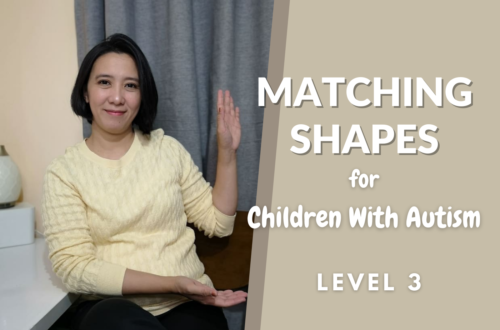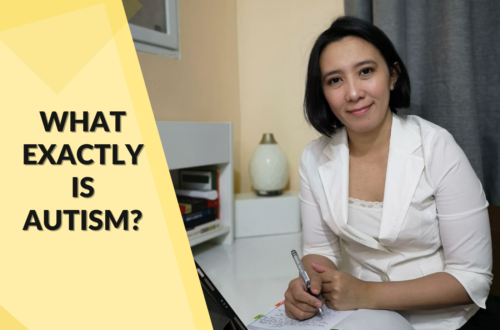How Autism Affects Communication

Autism affects a lot of areas in one’s life.
One major area is communication.
Every day we talk to people, communicate with them, ask for help, ask for our needs, and express our feelings.
Communication is NOT just expressing words.
Gestures are a form of communication. Waving hand means hi. Nodding head means yes. Shaking it means No. Pulling hands means help.
Brain
There is a lot of sensory processing activities in the brain which involve communication.
First, our oral muscles have something to do with our vocal cords, tongue muscles, oral movement, formation of lips, etc.
Once we perceive the information through our senses, our nerves send signals to our brain to receive the information. The brain processes it and interprets the meaning.
This may not be in sync for people with an autism spectrum disorder.
There are hundreds and thousands of words that a child with autism has to understand, remember and recall.
There are also social skills that a child with autism has to integrate with communication such as how to move hands when talking, how to take turns during the conversation, how to interact, how to say the word accurately, how to read gestures, and many more on top of understanding other people.
A Speech therapist is an expert in this field.
One step in helping your child improve his communication is to consult an expert in this field.
You will learn tons of information about communication with an ST.
Having early intervention with a speech therapist will help your child improve social communication.
One of the characteristics of Autism is Difficulty in Communication.
Autism is considered a neurodevelopmental disability that affects the functioning of the brain.
We have to be mindful of the nerve connections in a child’s brain. This is sometimes forgotten when we communication with them.
Once a piece of information is received, do the stimuli reach the brain and process it accurately? Do we have the same understanding as other people around us?
Or, do they process the information differently?
The information that goes to their brain is processed a little delayed compared to a typical person. We need to give them a few seconds allowance before we react or respond to the situation.
Communication is a two-way process.
One receives information and one conveys the information.
We don’t communicate with ourselves but with one or more people around us.
There is a give-and-take relationship happening in communication.
Once receives the information, called Receptive Language. It refers to how your child understands spoken language.
One conveys information, called Expressive Language. It refers to how your child uses words to express himself.
How do all these affect their social understanding?
Since autism is a neurodevelopmental disability, they may perceive the world differently.
They experience the world differently due to their sensory processing difficulties.
This perception differs from person to person.
A child with autism may need to process different stimuli all at once.
Sounds in the background, cluttered environment, disorganized room, people talking, television on, and your voice.
With these stimuli, he may be overwhelmed resulting in hyperactivity, deregulated body, inattention, or meltdown.
People with autism spectrum disorder think in PICTURES.
Pictures are their source of strength.
When a typical person talks in continuous manner, a child with autism may not be able to receive all the spoken words since they have to use their auditory sense, and that is a challenge for them.
If a ClEAR AND UNDERSTANDABLE picture is shown, they receive the meaning more accurately.
So, use pictures to teach communication!
I hope you learn something new today from me!
As usual, I am attaching a more attractive PDF with all my blog articles.
So, get it down here!
If you like this, I would appreciate if you share this with many parents in the same community so they will learn from informative articles as well!
You may also like my e-book about How to Homeschool a Child with Autism!
To learn more about it, you can CLICK THIS LINK and it will lead you to that page.
Sharing is caring!
Bye for now!






